The Garmin Vector is the new system that will allow you to see in real time the boost unloaded on the pedals during workouts and races. Will be officially presented later this month at theEurobike Show in Friedrichshafen. The link with the family GPS Forerunner and Edge compatible happens quickly and reliably thanks to ANT + Protocol. VectorR applies to both the pedals so you can analyze the percentage balance of power between the two arts and to rebalance the weaker leg work. With this latest Garmin completes a true networking system dedicated to the world of two-wheelers: GPS + Cardio + Cadence + power + Live tracking.
.jpg)
The power of a cyclist is measured by the energy of its boost on the pedal and is multiplied by the Cadence, i.e. pedaling frequency. How do you get an increase in power? Two cases: on one side, giving it greater force on the pedal and keeping the same Cadence, the other by increasing the pedalling frequency with the same thrust.
The result is easily understood: higher output power raises the athlete, the better its performance. The power, then, is an immediate and reliable measurement of the effort that the athlete is making, and alongside two other evaluation parameters such as heart rate and Cadence, you get a complete picture of the realtime scan performance.
Garmin VECTOR, that power.
Vector consists of a pair of pedals that Garmin has designed with integrated power measuring, for training in competitive cycling. It is equipped with piezo-resistive sensors with high precision, housed inside the pedal. Piezo sensors transmit parallelepiped with ANT + wireless protocol multiple signals per second to a "pod" outside of the pedal (which also contains the replaceable battery) to a GPS Forerunner or Edge series, compatibile1. Vector also fit vector thrust forces and the "recovery" with independence of pedal leg.
.jpg)
High technology.
The operation is extremely sophisticated: power detection is based on the measurement of the amplitude of the pedal and the direction of pedaling force itself. Technically the system detects the twisting on sapling/pedal spindle and combines the distance accomplished in a revolution, then getting the power expressed in Watts. Vector provides precise and accurate data by analyzing the "behavior" of the right leg and the left, allowing specific workouts for the balance of forces between the two limbs.
Quick and easy to assemble.
Vector was developed to be installed quickly and easily. In fact, many of those who so far have deepened the theme of power measurement have surrendered in the face of technical solutions often complicated, expensive and involving mechanically their bicycles. But now the panorama changes radically thanks to Garmin proposal that combines Vector the requisite qualities: simplicity and reliability. No change, no Crankset installation resulting in the purchase of a new wheel for the rear hub, solutions are required. Ease of installation will be its main advantage, because you don't need a mechanic, so much so that it can be quickly intercambiato on various bicycle. In addition, thanks to the built-in accelerometer, you do not need the presence of a speed/Cadence sensor optional Garmin for Cadence analysis, because it provides also the Cadence in RPM.
The analysis on Garmin Connect.
And once they return from training or from the race, you can download on the Garmin Connect website any data, for a careful analysis of the watt expressed crossing values with heart rate, Cadence, speed, slope, climb, outside temperature and much more. VECTORTMS transmits data to the GPS Garmin Edge series (models 500/510/705/800/810) and Forerunner ® 310XT and 910XT and is compatible with Keo2 Look pedals.
The power displayed on Edge.
The display of the Edge not only you can view the total power, balancing a percentage of right leg and the left and the Cadence, but will now also can view in real time more than 20 data fields expressly dedicated to training with detection of espresso and wattage power parameters adopted from TrainingPeaksTM3, i.e. Normalized Power (Normalized PowerTM-NP), Factor of intensity (Intensity Factor – IFTM) and Stress Factor (Training Stress Score-TSSTM), three items that can be investigated in the most renowned training software on the web.






 Newton Running is an American company founded only success in 2006 but already at the top of the major international sporting events (the second most used shoe the IronMan of Hawaii 2010).
Newton Running is an American company founded only success in 2006 but already at the top of the major international sporting events (the second most used shoe the IronMan of Hawaii 2010).
 Speedplay road pedals you can install on a large number of cycling shoes. For some of them it is necessary to provide for the fitting of different thicknesses to click, depending on the conformation (curcatura) of the sole of the shoe. Here attached the Italian table with indications of compatibility.
Speedplay road pedals you can install on a large number of cycling shoes. For some of them it is necessary to provide for the fitting of different thicknesses to click, depending on the conformation (curcatura) of the sole of the shoe. Here attached the Italian table with indications of compatibility.


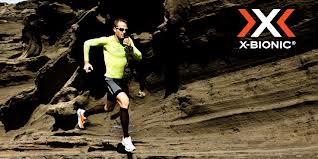 Migidio Bourifa, testimonial and running specialist of brand X-Bionic, presents the technological content of the clothing line running X-BIONIC EFFEKTOR and X-BIONIC FENNEC. X-Bionic designs and manufactures the finest clothing for running, State-of-the-art products for the body temperature and the partial compression. You can buy the x-bionic products
Migidio Bourifa, testimonial and running specialist of brand X-Bionic, presents the technological content of the clothing line running X-BIONIC EFFEKTOR and X-BIONIC FENNEC. X-Bionic designs and manufactures the finest clothing for running, State-of-the-art products for the body temperature and the partial compression. You can buy the x-bionic products  Newton running shoes and natural running.
Newton running shoes and natural running.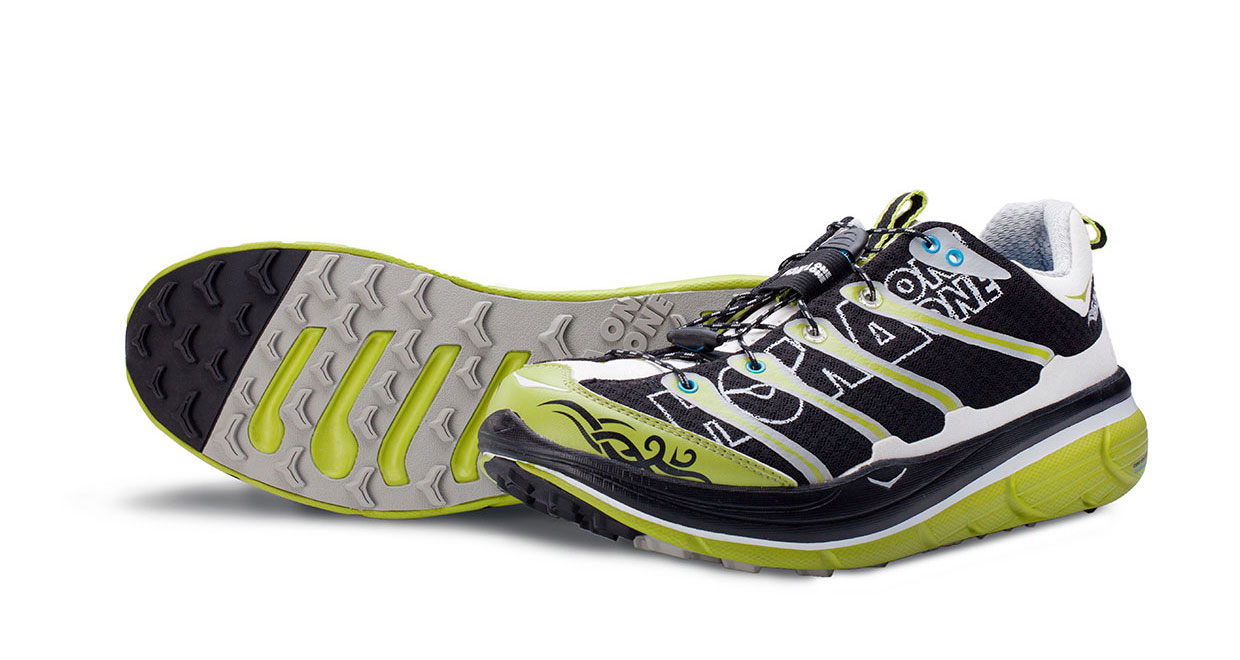 The review of this shoe is curated by George Harris, who runs 58 years in Manteca, California (USA). George runs for
The review of this shoe is curated by George Harris, who runs 58 years in Manteca, California (USA). George runs for  STRENGTHS
STRENGTHS
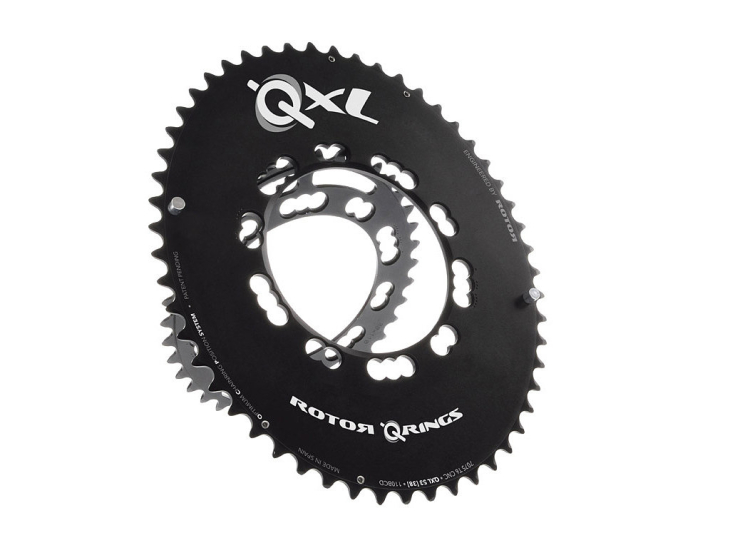 The oval ROTOR crowns for both road bike and MOUNTAIN bike, are characterized by OCP (chainrings optimum position) which lets you set different ways the position of the Crown with respect to the cranks. In this way the system allows different modes of OCP point/orient the ovality of Delftse Hout compared to cranks that are the thrust arm used by ns legs to move up the chain, and with it the wheels and the entire bike.
The oval ROTOR crowns for both road bike and MOUNTAIN bike, are characterized by OCP (chainrings optimum position) which lets you set different ways the position of the Crown with respect to the cranks. In this way the system allows different modes of OCP point/orient the ovality of Delftse Hout compared to cranks that are the thrust arm used by ns legs to move up the chain, and with it the wheels and the entire bike. The revolution in podium is at the door, because today with the new Forerunner 620 the runner is able to estimate its VO2max value and calculate recovery times during and after training. Combined with the new HRM-Run Card Heart Rate Monitor, Forerunner 620 allows time-based analysis of the ground and vertical oscillation, in addition to cadence. Like Big Brother, also Forerunner 220 with built-in accelerometer to detect cadence without foot pod, automatically uploads workout plans and activity data to Garmin Connect, and synchronizes with your smartphone to start LiveTrack and share activities on Facebook And Twitter.
The revolution in podium is at the door, because today with the new Forerunner 620 the runner is able to estimate its VO2max value and calculate recovery times during and after training. Combined with the new HRM-Run Card Heart Rate Monitor, Forerunner 620 allows time-based analysis of the ground and vertical oscillation, in addition to cadence. Like Big Brother, also Forerunner 220 with built-in accelerometer to detect cadence without foot pod, automatically uploads workout plans and activity data to Garmin Connect, and synchronizes with your smartphone to start LiveTrack and share activities on Facebook And Twitter.  Forerunner forerunner, pioneer, means the one who arrives first. In the case of the new 620 220 and the term seems very, very appropriate. Already, because despite its numbering suggests to developments, here we are faced with two new products that – on paper – could become really of kill-the market despite the already excellent quality of their predecessors and
Forerunner forerunner, pioneer, means the one who arrives first. In the case of the new 620 220 and the term seems very, very appropriate. Already, because despite its numbering suggests to developments, here we are faced with two new products that – on paper – could become really of kill-the market despite the already excellent quality of their predecessors and  I guess I already own these few points are enough to make your mouth water to anyone. Stated prices, for now, seem (as absolute values) quite elevated: 249 euros to 220, while the Forerunner for the top model 620 price includes cost 349 euros. Certainly not popular but prices – according to the declared characteristics – definitely worth the expense. You can buy discounted by MOTUS
I guess I already own these few points are enough to make your mouth water to anyone. Stated prices, for now, seem (as absolute values) quite elevated: 249 euros to 220, while the Forerunner for the top model 620 price includes cost 349 euros. Certainly not popular but prices – according to the declared characteristics – definitely worth the expense. You can buy discounted by MOTUS 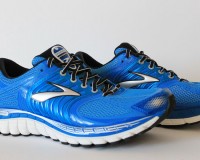 In the world of running shoes "traditional" (i.e. those that encourage a heel support-oriented) it is inevitable that you'll encounter in the Brooks Glycerin. Let's talk about the "gotha" of running shoe, the imprescindibii to try.
In the world of running shoes "traditional" (i.e. those that encourage a heel support-oriented) it is inevitable that you'll encounter in the Brooks Glycerin. Let's talk about the "gotha" of running shoe, the imprescindibii to try.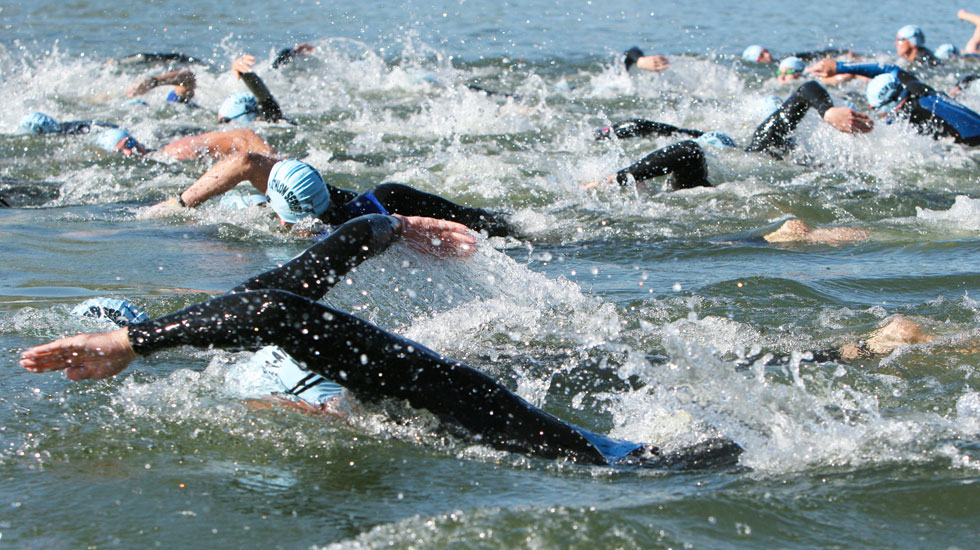 We publish here a training table (by Jim Larson) for those who wish to prepare for a triathlon on the sprint distance. The training program is suitable for little traithleti experts, or people who are approaching or have recently come closer to the practice of triathlon. The program consists of 8 weeks of training and caters to those who are facing their first triathlon race, both to those who have already carried out some but want to refine and elevate their level of performance still basal. Good workout at all!!
We publish here a training table (by Jim Larson) for those who wish to prepare for a triathlon on the sprint distance. The training program is suitable for little traithleti experts, or people who are approaching or have recently come closer to the practice of triathlon. The program consists of 8 weeks of training and caters to those who are facing their first triathlon race, both to those who have already carried out some but want to refine and elevate their level of performance still basal. Good workout at all!!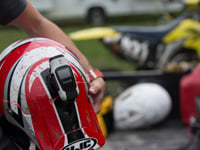
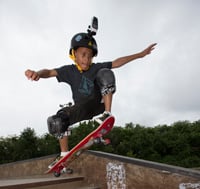
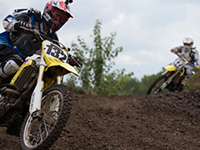
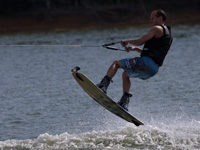



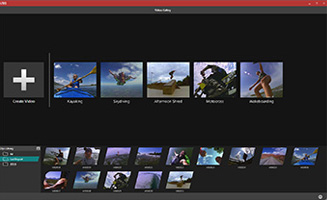
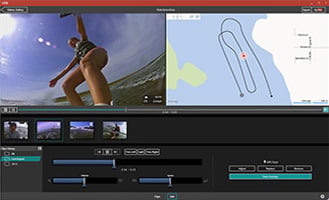
 CALL US
CALL US